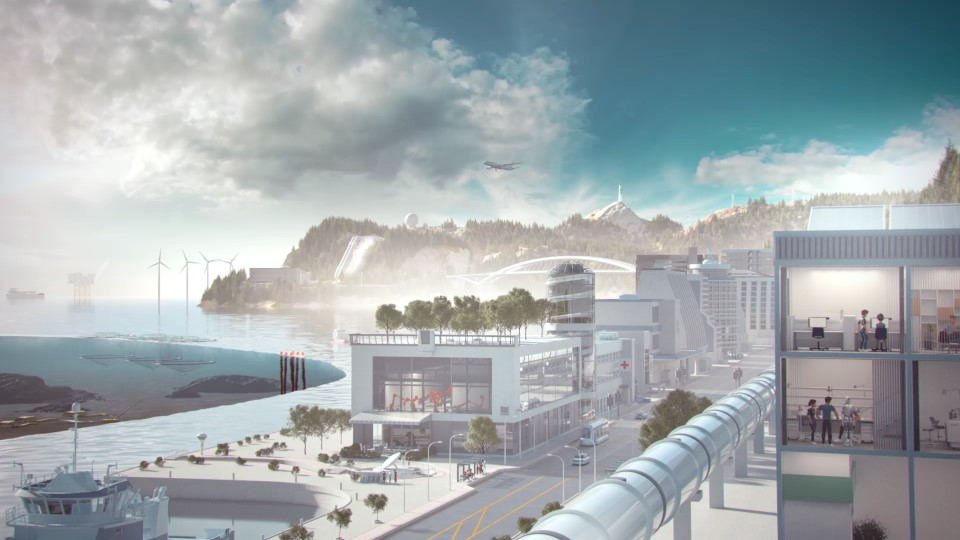Rapid technological development, changes in transport needs and national targets to reduce greenhouse gas emissions emissions means that the transport sector is in a significant transition phase. At the same time, new business models are constantly being developed, new market operators are emerging and major changes in user behavior and people's expectations of mobility are taking place.
Need for better interaction
This major change means that we know little about how the transport system of the future will be shaped. The government announced in "Nasjonal transportplan 2018 til 2029" (National Transport Plan 2018 to 2029) that they will seize the opportunities provided by new technology and new solutions to create a transport system for the future.
The report indicates that the transport sector needs the help of both new and existing actors, while at the same time, Norwegian actors receive a share of the value creation associated with the restructuring of the sector worldwide. In order to succeed, the government points to the need for better interaction between innovation, testing of new solutions and new knowledge.
Unites business and knowledge communities
In the report "Kunnskapsgrunnlag for transportforskning" (Knowledge base for transport research), the Research Council of Norway places the need for transport research in a larger context, and points, among other things, to digitalisation, autonomous means of transport, security challenges, new business models and social, political and legal framework conditions.
Central to this process is the establishment of Transport21, where representatives from business and knowledge environments are gathered, including special adviser at SINTEF, Beate Kvamstad-Lervold. Managing director at Ruter, Bernt Reitan Jenssen, is appointed leader. Transport21 represents a broad strategy process linked to the transport research area and will lead to a national strategy for transport research.
– Transport21 is important for SINTEF. We have accumulated a great deal of expertise and knowledge about transport through many years of research. We want to bring this knowledge with us in discussions with the industry and in the steering group, and through this contribute to a common understanding of where we in Norway should invest in research, development and innovation, says Kvamstad-Lervold.
– Our view is that many of the major challenges we face in transport must be solved interdisciplinarily, and there is great potential for efficiency, increased security and sustainable development in the introduction of new technology. We also believe that there are great opportunities for increased value creation and an increase in the number of jobs through a strategic investment in selected areas.
The strategy process should:
1. Provide authorities, R&D actors and business with a common understanding of current and future challenges in the transport sector, and identify which research questions will be crucial to answer in order to address these challenges.
2. Contribute to strengthening the interaction and synergies between authorities, R&D actors and business, so that the R&D efforts of the actors reinforce each other and help creating a dynamic that drives the development of the transport sector in an innovative direction.
3. Evaluate and provide advice on how the overall use of policy instruments in the R&D area, as well as other innovation-promoting activities related to the transport sector, can be arranged to solve transport policy challenges, and at the same time promote business development.
The strategy group will deliver its recommendation to the Ministry of Transport by the end of 2019.


